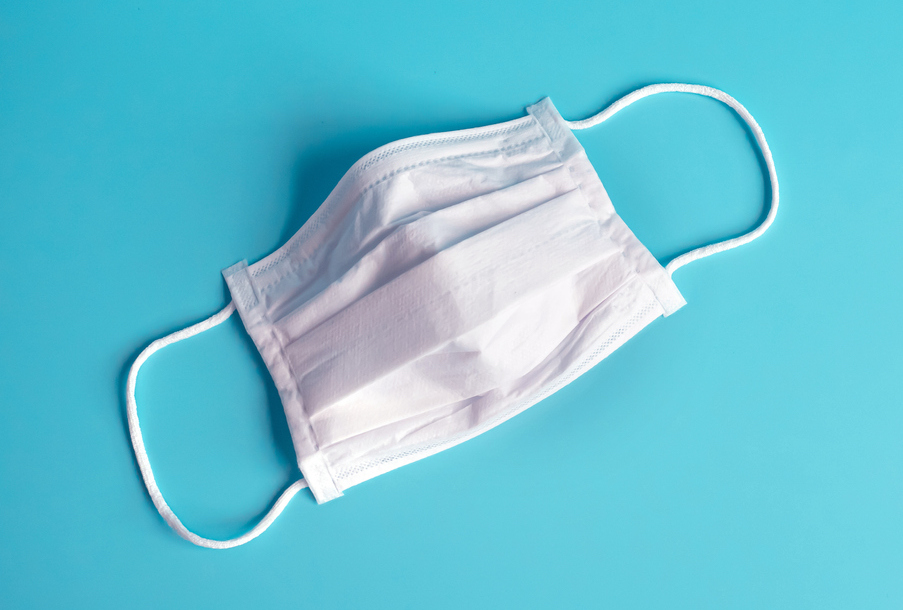While the general public has been able to venture outside of their homes, recent research indicates individuals with I/DD are more at-risk from COVID-19, leaving parents and providers on high alert. We review why access to PPE for group homes remains critical to keeping those with I/DD safe and share resources for those seeking support.
I/DD Population & COVID-19
Since the pandemic began, those supporting individuals with I/DD have amplified how COVID-19 is affecting those with disabilities, and the strain placed on Direct Service Providers (DSPs) and caregivers who have been diligently working to keep them healthy.
According to a recent study by NPR based on data from Pennsylvania and New York, individuals with I/DD and autism infected with COVID-19 have died at rates 2 to 2.5 times higher than the general public. An even larger study out of Syracuse University confirms this high death rate outpaces that of any other group of people and includes individuals aged anywhere from 18 to 74.
Researchers hypothesize the higher rates of infection and death can be attributed to two factors. First, individuals with I/DD often have other health conditions that increase their risk. Data from the CDC indicates those with pre-existing health conditions, such as heart disease or diabetes, are 12 times more likely to die from COVID-19 than those considered “healthy.” Second, approximately 13-20% of individuals with I/DD live in group home settings, where they are exposed to more people on a daily basis. Because those who become ill have nowhere else to go, those inside the home end up being exposed at higher rates.
PPE & Other Protective Measures
There are some unique challenges to helping individuals with I/DD prevent infection. The CDC has noted that individuals with developmental or behavioral disorders may have difficulty wearing face coverings and may struggle to remain socially distant without regular supervision. PPE, also known as personal protective equipment, is standard for DSPs in healthcare settings; however, while many hospitals and nursing homes received direct funding for PPE in the early months of the pandemic, those who live and work in group homes were not similarly supported.
Group homes aware of these risks have been operating with strict protocols in place, such as a facility in New York that stopped all visits with outside friends and family members, canceled all trips outside the home, and required all employees to wear PPE and gloves at all times—which has cost them nearly one million dollars. Not every employer is able to offer supplemental pay for DSPs, who must balance a high risk of exposure with a low rate of pay.
As states like Ohio begin to allow care facilities for individuals with I/DD to permit visitation outside, advocates for individuals with I/DD and DSPs insist Congress must ensure future funding is distributed to group homes to help cover the cost of PPE and hazard pay for caregivers. Meanwhile, parents of individuals with I/DD are increasingly anxious about the numbers of cases reported and struggle with how to keep their children safe.
Guidelines & Resources
The CDC has offered specific guidelines for Group Homes and DSPs:
Because PPE is still in short supply across the U.S., some organizations have stepped up to assist providers in acquiring affordable equipment, such as the National Behavioral Council of Health (NCBH), which is offering N95 masks, gloves and other protective supplies at a discount for providers. We are committed to highlighting the efforts of advocates who continue to push Congress to include funding support for PPE for group homes in future legislation. For more information on advocacy efforts around the U.S., read our interview with Sean Luechtefeld or visit the ANCOR website.

